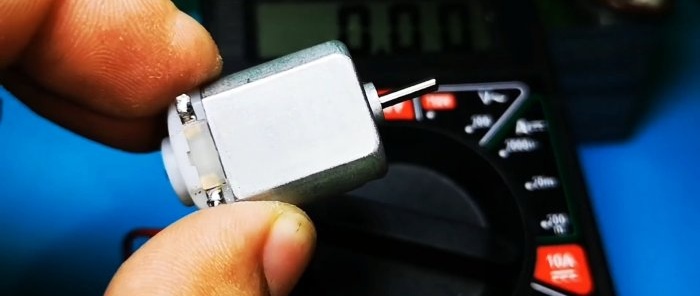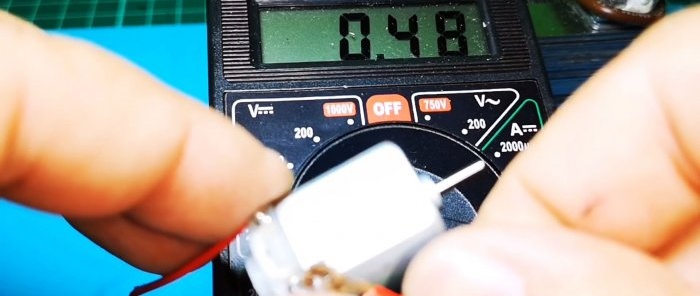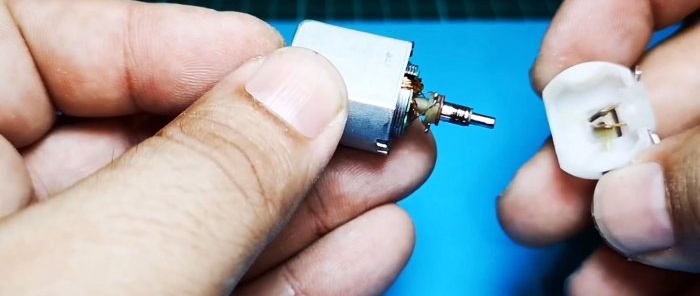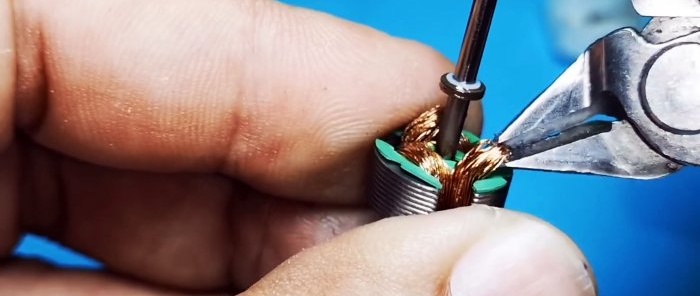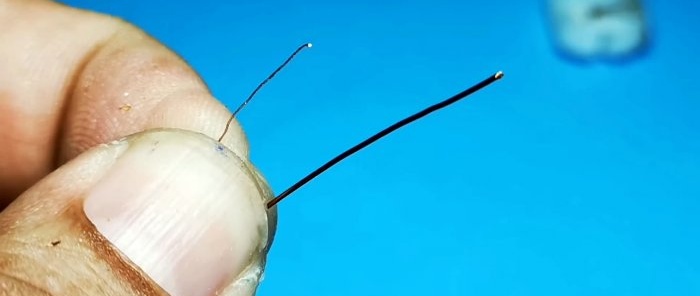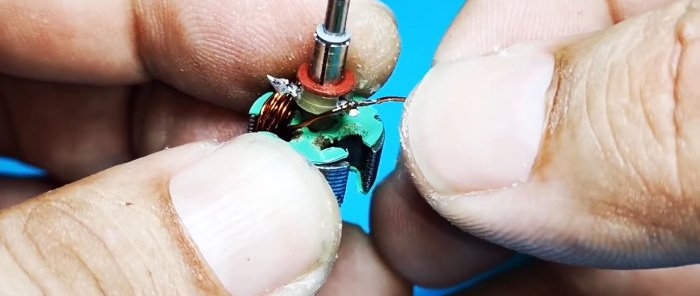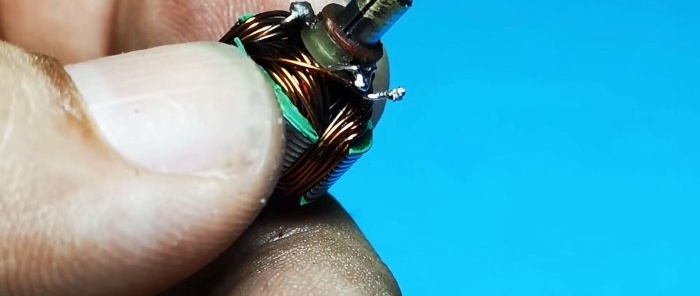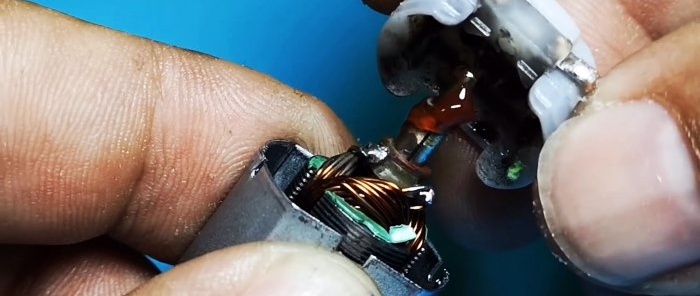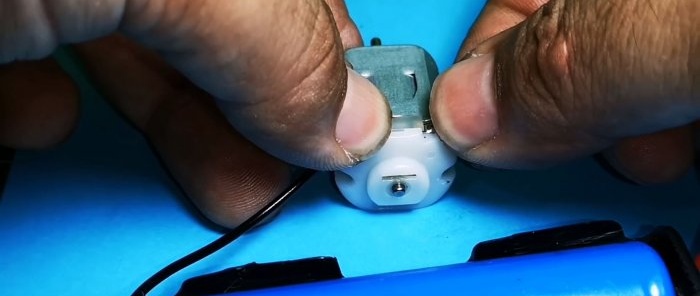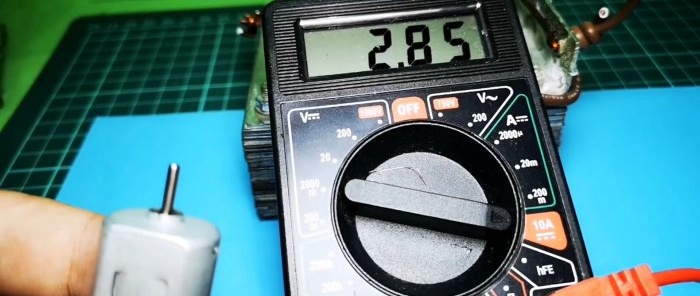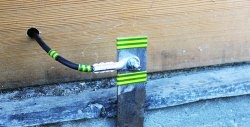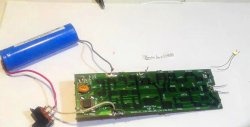How to increase the speed of an electric motor 10 times
This simple modification to the electric motor will increase its power, speed and lower the supply voltage. The efficiency will remain unchanged; the law of conservation of energy has not yet been canceled. Perhaps you have already had a similar need to reduce the supply voltage of the motor for certain needs. For example, a high-speed engine was needed for a prototype jet engine. You can increase the speed by simply rewinding the armature.
DIY electric motor conversion
Before rewinding, measure the no-load current. It was approximately 0.5 A when supplied from 3.7 V.
We bend the metal clamps on the sides of the body and remove the commutator brushes.
Use pliers to remove all 3 old rotor windings.
Next, take a 0.4 mm wire. Visually it can be compared with the one that was previously wound.
It can be seen that it is several times thicker. We clean it, tin it, and solder it to one contact of the collector.
We wind all the windings in one direction. There were 20 turns on each side. Having finished one winding, solder it to the second contact of the collector.
Next we wind the wire, solder the tap to the third contact. We wind the third winding and solder its end to the first contact, where the first wire is already soldered.
As power increases, sparking will also increase. To reduce it to a minimum, apply regular thick lubricant. It will not interfere with contact.
Let's assemble the motor and check it.
At the same voltage of 3.7 V, the current consumption increased to 2.8 A.
The turnover in hearing has increased several times. To personally evaluate the rotation speed by the sound of operation, watch the video below.
Watch the video
Similar master classes
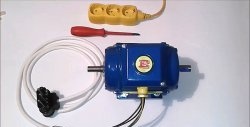
Connecting a three-phase electric motor to a single-phase network
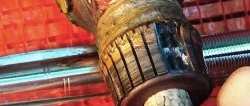
Restoration of electric motor armature commutator plates
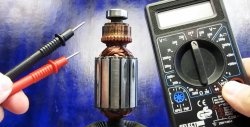
Complete check of the motor rotor
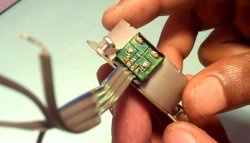
How to start a stepper motor without electronics
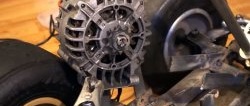
Converting a car generator into a powerful electric motor
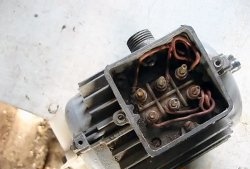
Connecting a three-phase motor according to a star and delta circuit
Particularly interesting
Comments (3)

